It amazes me how up till today, the post you guys seem to like reading the most is still on how I saved $20k last year.
Moving on, I wanted to share a little more on my #1 philosophy and mindset towards saving that really helped me to chalk up that $20,000. Contrary to what many readers think, it is not about having a fixed budget or saving huge chunks of money.
It is about saving all the little excesses that accumulate over time to become quite a sum.
It is about being smart on what you spend on.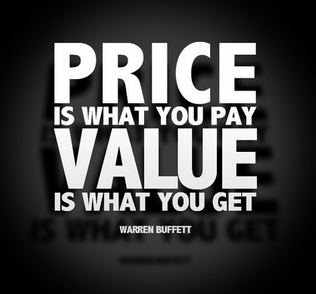
Introducing: UTILITY COST.
Disclaimer: I came up with this concept since young, when money started becoming a problem for my family. While I don’t think this concept is new (surely someone else had pioneered this before!), it might perhaps go by another name? If someone knows about this, please tell me! 🙂
When I spend, I don’t just look at price. Sure, cheap prices will entice me, but they are not the defining factor in my decision whether to spend or skip. Instead, I try to think about the practicalities of buying that item.
If we look at price alone, it will never be a good gauge. After all, if something is expensive, there must be a reason for it. However, it is up to us to discern these reasons behind the price, and decide if it is something that we find worthy to be paying for.
Some reasons why things are expensive:
1. High advertising / branding costs
In building a brand and its image, companies often spend huge marketing dollars on publicity and promotion. As a result, they have to mark up the price of their goods in order to earn back these costs. (I’ve personally dealt with and seen brand’s marketing budgets, and they’re not small sums.)
For instance, have you ever wondered why Victoria’s Secret lingerie are so expensive? Fans will argue it is due to good quality materials and fashionable designs, but I personally don’t believe in those reasons. I own 2 bras from Victoria’s Secret, and they’re not any more comfortable / trendy / longer-lasting than some of my other bras from less-expensive brands. But hey, did you know Victoria’s Secret spends millions of dollars each year to produce their fashion shows, hire their Victoria’s Secret “angels”, the high-profile entertainment acts (Taylor Swift sang for them once), food and drinks, event set-up, videography, etc….
That’s why I don’t believe in paying $70 – $100+++ for a Victoria’s Secret bra, because I suspect maybe as much as $60 goes towards paying for such branding and advertising fees. The real cost of the bra (material + design + labour) is probably much lesser.
2. Limited edition / trends
I suppose everyone is familiar with economies of scale. When certain things are made in limited quantities, economies of scale might drop. For instance, a special range in collaboration with a top-notch designer usually has limited pieces produced. Since demand thus exceeds supply, prices tend to be higher for those who want to own them.
Similarly, there is a price to pay for popularity.
3. Customized / handmade
Such artisan products usually charge more due to their business nature which requires long hours of service and skill to produce each batch of products. They also tend to be limited in quantity and usually more unique, which can justify their high prices.
4. Practical
Uniqlo is a good example of this. They sell comfortable and trendy basics, which are a classic wardrobe staple and can be worn in many different ways. 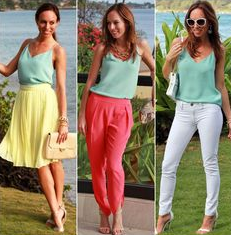
Imagine if you bought one of their camisoles for $19, which you wear every week because it’s so darn versatile. Wear it with a blazer and smart pants for work, a long skirt for going out, a short skirt for clubbing, or shorts for running. Imagine it lasts for 2 years before the colour fades recognisably after 104 uses (once a week). This is equivalent to paying 18 cents for each time you wore it out.
Compare this to that fancy gown you bought for $599 to wear to your cousin’s wedding 2 years ago, which has been sitting in your wardrobe since.
Which makes more sense?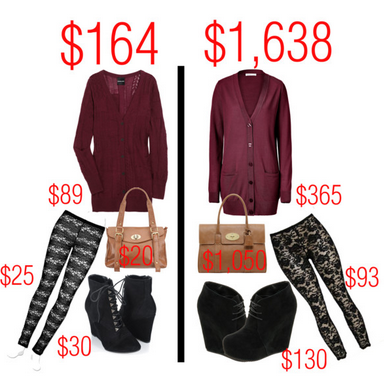
5. Made from good quality ingredients / material / long-lasting
Things worth paying for are those that are made from better ingredients or material, as they tend to also last far longer. It is always better to pay for a expensive appliance which can last for ages, rather than a cheap one that breaks down every few months (requiring you to either spend on repair fees, or buy a new replacement).
My friend’s mother bought a good quality toaster for $100 – one of the more expensive versions 20 years ago – which has lasted her well until today! My mother, on the other hand, bought a relatively slightly cheaper model for about $70…and it broke down after 5 years. It couldn’t be fixed, so a replacement was the only solution.
Who made the better choice?
In other words, the next time before you buy something, think about the item in terms of its utility cost.
How often will you wear it?
How often will you use it?
How long will it last you?
Due to the materialistic culture we live in, we tend to buy too much into branding and advertising these days, which is why costs are going higher and higher. It doesn’t have to be. While we cannot escape from inflation and rising prices of necessities, there are many other things which we don’t have to necessarily pay for. Trends, external packaging (which you throw away after opening the item) and advertising are generally things I don’t believe in paying for.
How can I calculate utility cost?
PRICE
USAGE
I’ve given you the mathematical formula I occasionally use, but it doesn’t always have to be a specific figure. Instead, think in general terms of how often you reckon you would use it, and then decide if the price is worth that.
In other words,
It is NOT about paying for the lowest price, but about paying for value.
It is NOT about paying for trends, but paying for the number of times you will wear them.
It is NOT about buying the cheapest item, but about paying for the item that will last you the longest / break down the least often.
Try looking beyond the price and at value instead, and you’ll start to make better spending decisions, leaving you with more money to save.
I wish you all the best.
With love,
Budget Babe







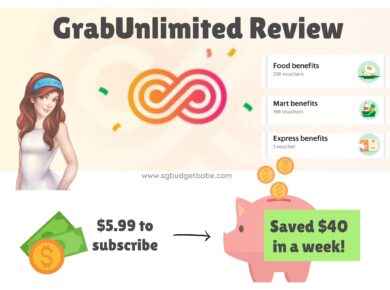
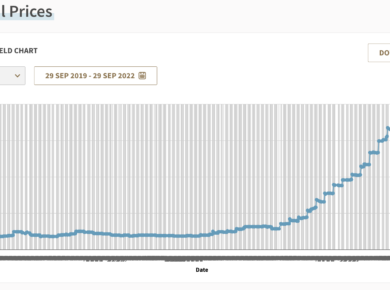
3 comments
Thank you! 🙂 Yes, opportunity cost is another perspective of looking at it, but I find that it is less commonly applied during the buying thought process =x I'm guilty of looking only at price and utility rather than how long I would have to work in order to buy this, particularly if the purchases aren't big-ticket items like branded bags or cars. At higher levels though that would definitely be a good way at looking at it!
I'm one of those who still read your blog. It's not that the other posts are boring, I'm guessing most people visiting your blog are interested in the money saving posts. I am too, but I find the beauty ones informative too. Btw, I'm also attempting the $20k savings goal this year. Thank you so much for inspiring me, I would have otherwise just continued with no goal in mind and save just a meager amount each month.
Your utility formula reminds me of the marginal utility concept in Economics, which is also a good reminder when spending money. Above a certain level of consumption, utility or enjoyment may end up decreasing instead of increasing. Everything in moderation. =)
Well said!!
Comments are closed.